
Vibrant Environment
Oceans And Coasts
All | Biodiversity | Climate Change and Sustainability | Environmental Justice | Governance and Rule of Law | Land Use and Natural Resources | Oceans and Coasts | Pollution Control

Although water covers 70% of the earth’s surface, only 1 percent is available for human use. While freshwater supplies remain relatively finite, demand for water in the United States has tripled over the past 50 years.

On May 25, the U.S. Supreme Court eliminated a major swath of CWA protections when it issued its decision in Sackett v. Environmental Protection Agency. In the Court’s view, the CWA extends to only those "wetlands with a continuous surface connection to bodies that are 'waters of the United States' in their own right," such that they are indistinguishable from those waters.

Fresh fish in Lincoln, Nebraska. Atlantic Salmon born and raised in America for an American market. Thriving aquatic ecosystems in the Mediterranean Sea, currently the world’s most overfished sea. Realizing these visions are trademark promises made by the land-based aquaculture (LBA) industry.
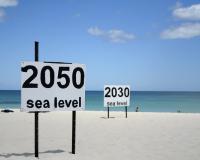
One of my roles as ELI’s International Envoy is serving on the Steering Committee of the new Climate Crisis Commission established by the International Union for the Conservation of Nature (IUCN). For those of you unfamiliar with the IUCN, it is a fairly unique international NGO with an extensive interdisciplinary and cross-sectoral membership base that includes governments, other NGOs, practitioners, academics, and the like.

Every two years, a bill known as the Water Resource Development Act (WRDA) influences how and where the U.S. Army Corps of Engineers (Corps) carries out its broad water management responsibilities throughout the United States.
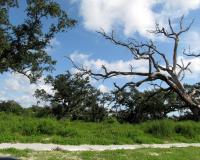
Passed on August 16, 2022, the Inflation Reduction Act commits nearly $370 billion in direct investment to address climate change and energy production.
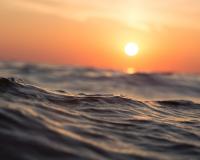
Twenty-five years before Silent Spring, Rachel Carson published her first essay in The Atlantic on the wonders of ocean life. Titled “Undersea,” the piece showcased Carson’s “commitment to making the reader feel something,” reports Anelise Chen in the same magazine 85 years later.
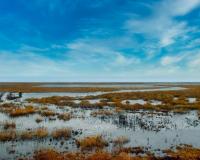
The International Guidelines on Natural and Nature-Based Features for Flood Risk Management, published by the U.S. Army Corps of Engineers, NOAA, the Environment Agency of the United Kingdom, Rijkawaterstaat, and the World Bank in September 2021, was celebrated with a virtual launch party underlining the exciting opportunity for progress.
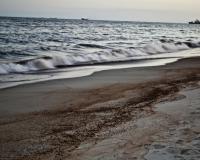
On October 2, approximately 25,000 gallons of oil spilled into the Pacific Ocean from a pipeline off the shore of Huntington Beach in Orange County, California. While the full environmental impact of the spill is still under investigation, it is clear that the oil spill threatens the money, time, and effort that have gone into rehabilitating and maintaining nearby wetlands. Dead fish and birds were seen washing up on shore. Oil now coats the rocky beach.
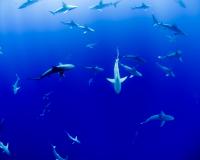
Industrial fisheries imperil sharks and rays. The populations of most species of sharks and rays are on the decline, and many populations are down to just 10 to 30 percent of their levels just a few decades ago. Although international agreements are in place to manage fisheries, restrict the trade of endangered species, and conserve migratory shark and ray populations, they have not been sufficiently effective in stopping the decline of many of these species.